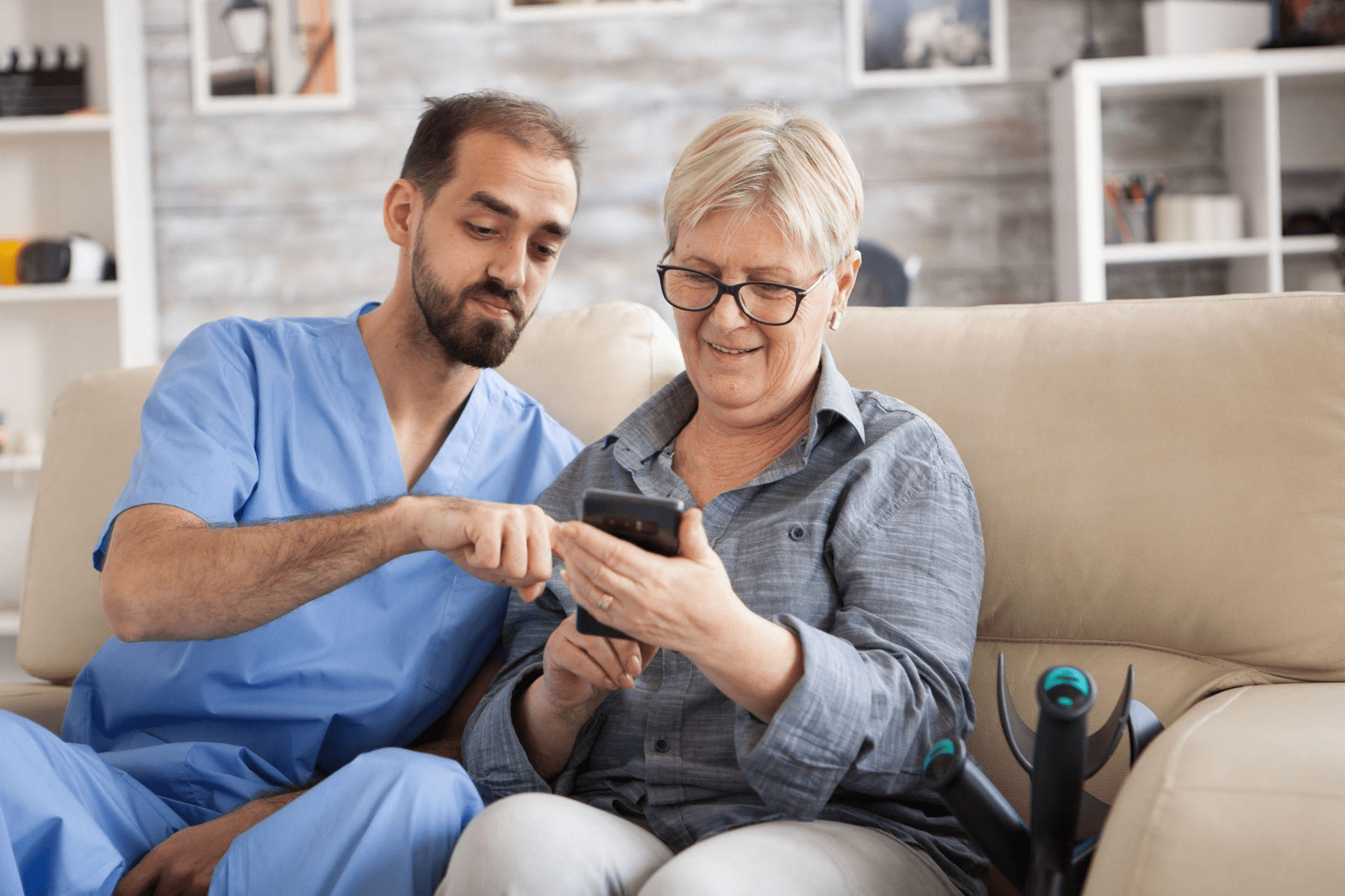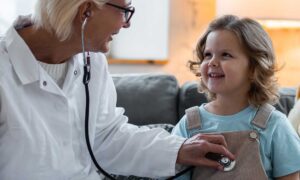Healthcare has changed a lot in the last ten years. One of the biggest changes is that more people are getting care at home. Patients want to feel comfortable, have convenience, and control over their health. They no longer want to go to hospitals or wait in busy clinics. Thanks to new digital health tools, this is now possible. From smart medical gadgets to AI-based systems, technology is helping patients get care at home and helping doctors and nurses give that care.
Home care used to mean a nurse checking vital signs or a family member watching over symptoms. Now, it’s more organized and advanced. Health technology connects patients and doctors, making care ongoing, personalized, and proactive, not just reactive. Let’s look at how this change is shaping the future of healthcare.
Remote Monitoring Devices & Smart Diagnostics
One of the most visible changes in modern home care is the rise of remote monitoring devices. Wearables and smart diagnostic tools are now more than fitness accessories; they’ve become vital medical companions.
Devices such as smart thermometers, continuous glucose monitors (CGMs), ECG patches, smart oximeters, spirometers, and blood pressure cuffs can record health data in real time. For people with ongoing health problems like high blood pressure, diabetes, heart issues, or breathing problems, these tools can make a big difference. They help doctors monitor health signs without needing to see patients in person.
Data collected from these devices can flag unusual readings instantly. For example:
- A sudden rise in blood sugar may alert a doctor.
- Irregular heart rhythms detected by an ECG patch can trigger follow-ups.
- Abnormal oxygen levels in a respiratory patient can prompt timely intervention.
This immediate access to accurate data reduces hospital admissions, improves patient outcomes, and gives patients peace of mind.
Telemedicine & Virtual Consultations
Telemedicine has shifted from being a convenience to a standard healthcare option. Instead of traveling, waiting in lines, and spending hours on logistics, patients can now utilize doctor on call services from the comfort of their home or any location.
Video consultations allow doctors to assess symptoms, understand medical history, and provide treatment plans through simple digital platforms. For many, especially seniors or individuals with mobility challenges, this is a game-changer.
Telemedicine platforms today also include:
- Digital prescriptions
- Follow-ups and virtual care plans
- AI-based triage support
AI-driven triage tools help users describe symptoms and are programmed to categorize urgency, whether someone needs immediate care, a teleconsultation, or self-care advice.
Beyond convenience, virtual healthcare has also expanded access for people in remote areas where specialized medical support may not be available locally.
Digital Health Records & Data Security
Another significant step in supporting home-based care is the secure availability of digital medical records. With cloud-based health systems, patients no longer need to carry files, scans, or prescriptions. Everything from lab results to past diagnosis notes is available digitally and can be shared with authorized healthcare providers instantly.
Digital records help doctors understand a patient’s medical timeline and avoid errors such as:
- Duplicate testing
- Incorrect medications
- Missing important medical history
Security is very important. Using encrypted messages, multi-step login, and strict data rules helps keep patient information safe. AI systems can also find unusual access activity and prevent problems before they occur.
This mix of being easy to access and safe helps keep healthcare consistent and makes people trust digital health systems.
AI, Automation & Predictive Healthcare
Artificial intelligence is reshaping home healthcare by shifting it from reactive care (treating conditions after symptoms appear) to predictive care (preventing complications before they happen).
AI systems today can analyze large volumes of health data from monitoring devices and digital records to identify trends. For example:
- Predicting diabetic spikes based on past data and habits
- Identifying early signs of respiratory decline in asthma or COPD patients
- Monitoring mental health patterns using speech and behavior analysis
Automation also helps a lot. Reminders to take medicine, alerts for appointments, rehab tracking apps, and activity reports help patients stick with their treatment plans.
Personalization is the last step. AI wellness programs can change diet plans, workout routines, or physiotherapy methods based on how each person is doing. This makes home care more personalized and effective.
Home Healthcare Services Powered by Technology
Home healthcare services are growing rapidly, supported by logistics, smart scheduling systems, and real-time operational tracking. Whether someone needs a doctor visit, doctor at home, nursing care, physiotherapy, or a lab test sample pickup, technology ensures each service is coordinated smoothly and efficiently.
Features powering today’s home-care system include:
- On-demand appointment booking
- GPS tracking for medical staff arrival
- Digital reporting for tests and therapy sessions
- Real-time care coordination among doctors, labs, and support teams
Remote physiotherapy platforms allow therapists to guide exercises virtually, track movement, and offer corrections through AI-assisted posture recognition software. Nursing care teams use care dashboards to update vitals, medications, wound care notes, or progress milestones, keeping doctors informed without repeated visits.
This kind of hybrid system, part physical care, part digital support, helps patients receive hospital-level care without leaving home.
Conclusion
Home healthcare is no longer just a support option; it’s becoming a core part of modern healthcare delivery. Technology has made it reliable, accessible, and personalized. Remote monitoring allows continuous tracking, telemedicine eliminates distance barriers, AI improves decision-making, and digital systems ensure seamless coordination.
Most importantly, home-based care powered by health tech keeps patients where they feel safe and comfortable at home without compromising the quality of treatment.
As technology continues to evolve, the future of healthcare will likely be more connected, preventative, and patient-centered than ever before.



































